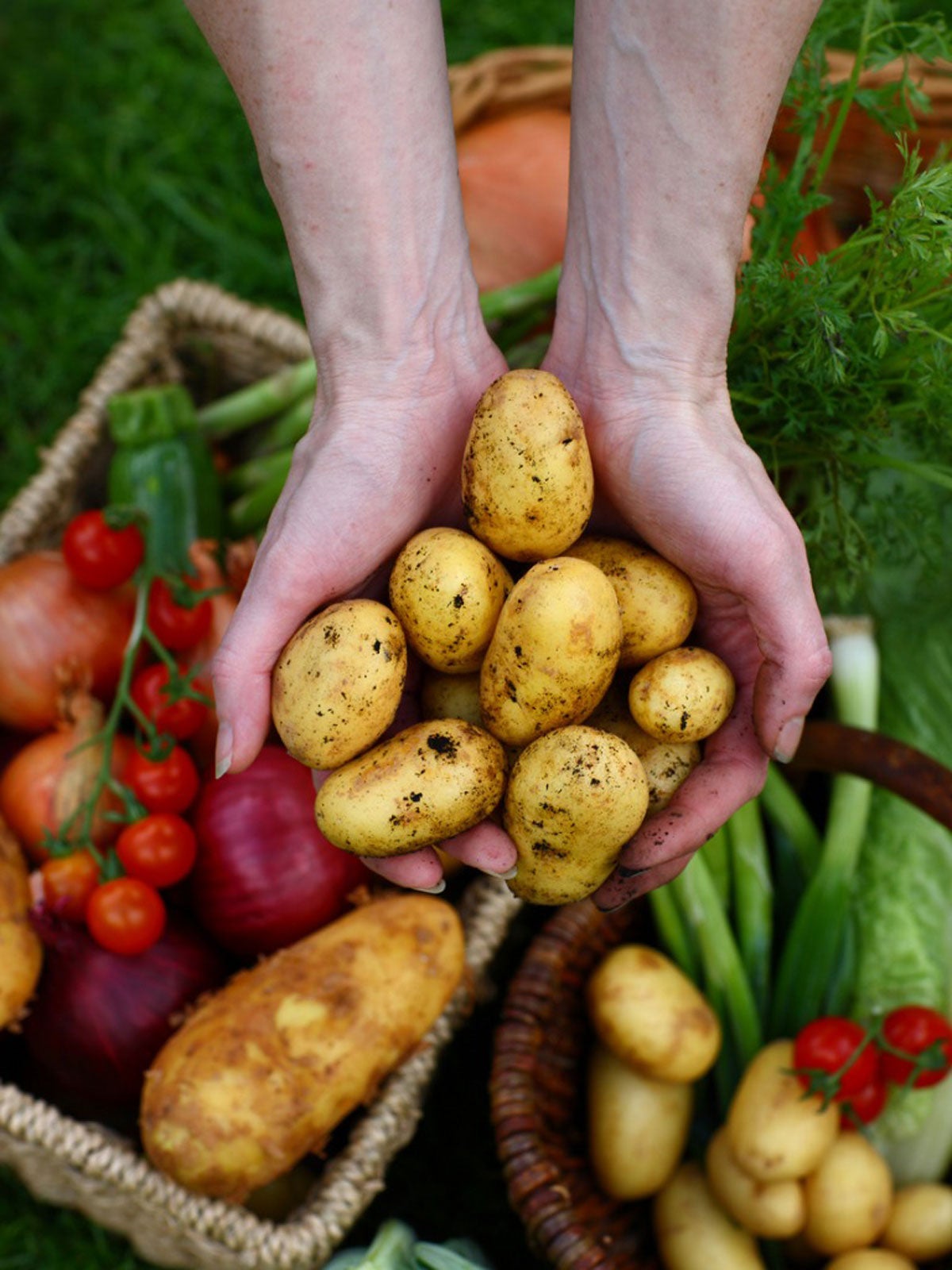Vegetable Storage Tips: Storing Different Types Of Vegetables

Gardening is a labor of love, but still plenty of hard work. After a summer of carefully tending the vegetable plot, it's harvest time. You've hit the mother lode and don't want to waste any of it. Right now you might be wondering how to keep vegetables storing longer and any other helpful vegetable storage tips. Read on to learn more.
Storage Guide for Vegetables
If you are planning on storing fresh vegetables, the first rule of thumb is to handle them with care. Don't break the skin or otherwise nick or bruise them; any open wounds will hasten decomposition and can spread disease to other stored veggies. The storing of different kinds of vegetables requires different storage conditions. Temperature and humidity are the primary factors and there are three combinations to consider.
- Cool and dry (50-60 F./10-15 C. and a 60 percent relative humidity)
- Cold and dry (32-40 F./0-4 C. and a 65 percent relative humidity)
- Cold and moist (32-40 F//0-4 C. and a 95 percent relative humidity)
Cold conditions of 32 F. (0 C.) are unattainable in the home. The shelf life of veggies that require this temperature for longer storage will shorten 25 percent for every 10 degrees increase in temperature. A root cellar can provide cold and moist conditions. Basements can provide a cool and dry environment, although a heated basement will hasten ripening. Refrigerators are cold and dry, which will work for garlic and onions, but not most other produce for long term storage. Keep some space between the produce when storing fresh vegetables, no matter where they are kept. Protect the produce from rodents. Use insulation such as sand, straw, hay or wood shavings to protect the veggies and fruit. Keep produce that produces high levels of ethylene gas (such as apples), which hastens ripening, away from other produce.
How Long Can You Store Different Veggies?
When storing different types of vegetables, each one has a unique temperature and humidity requirement and its own expected shelf life. Produce which requires cold and dry conditions tend to have a fairly long shelf life such as onions (four months) and pumpkins (two months). Many veggies that need to be stored in cold and moist conditions can be stored for very long periods. Some of these are the root veggies:
- Beets for five months
- Carrots for eight months
- Kohlrabi for two months
- Parsnips for four months
- Potatoes for six months
- Rutabaga for four months
- Turnips for our months
- Winter squash for two to six months (depending upon the variety)
Other produce requiring cold and moist conditions are more delicate. These include:
- Corn for five days
- Spinach, lettuce, peas, snap beans, and cantaloupe for about one week
- Asparagus and broccoli for two weeks
- Cauliflower for three weeks
- Brussels sprouts and radishes for one month
Cucumbers along with tomatoes, eggplant, peppers, zucchini and watermelon should all be stored in a cool area of the kitchen at 55 F. (12 C.) or in the refrigerator in perforated plastic bags. Tomatoes have the shortest shelf life and should be used within five days while most of the others will be okay for about one week. *There are numerous tables on the Internet regarding the length of time and storage conditions for produce.
Sign up for the Gardening Know How newsletter today and receive a free copy of our e-book "How to Grow Delicious Tomatoes".

Amy Grant has been gardening for 30 years and writing for 15. A professional chef and caterer, Amy's area of expertise is culinary gardening.
